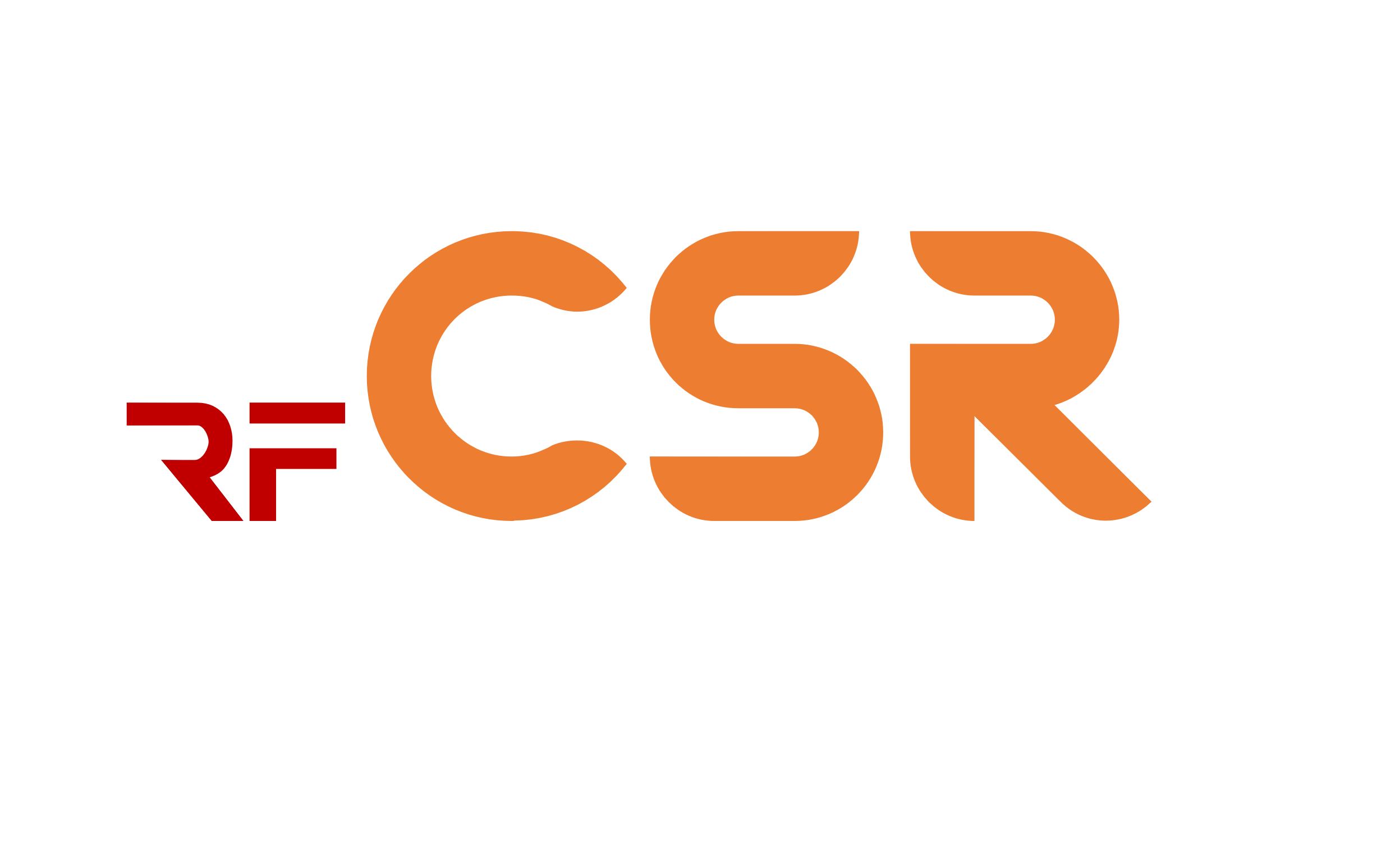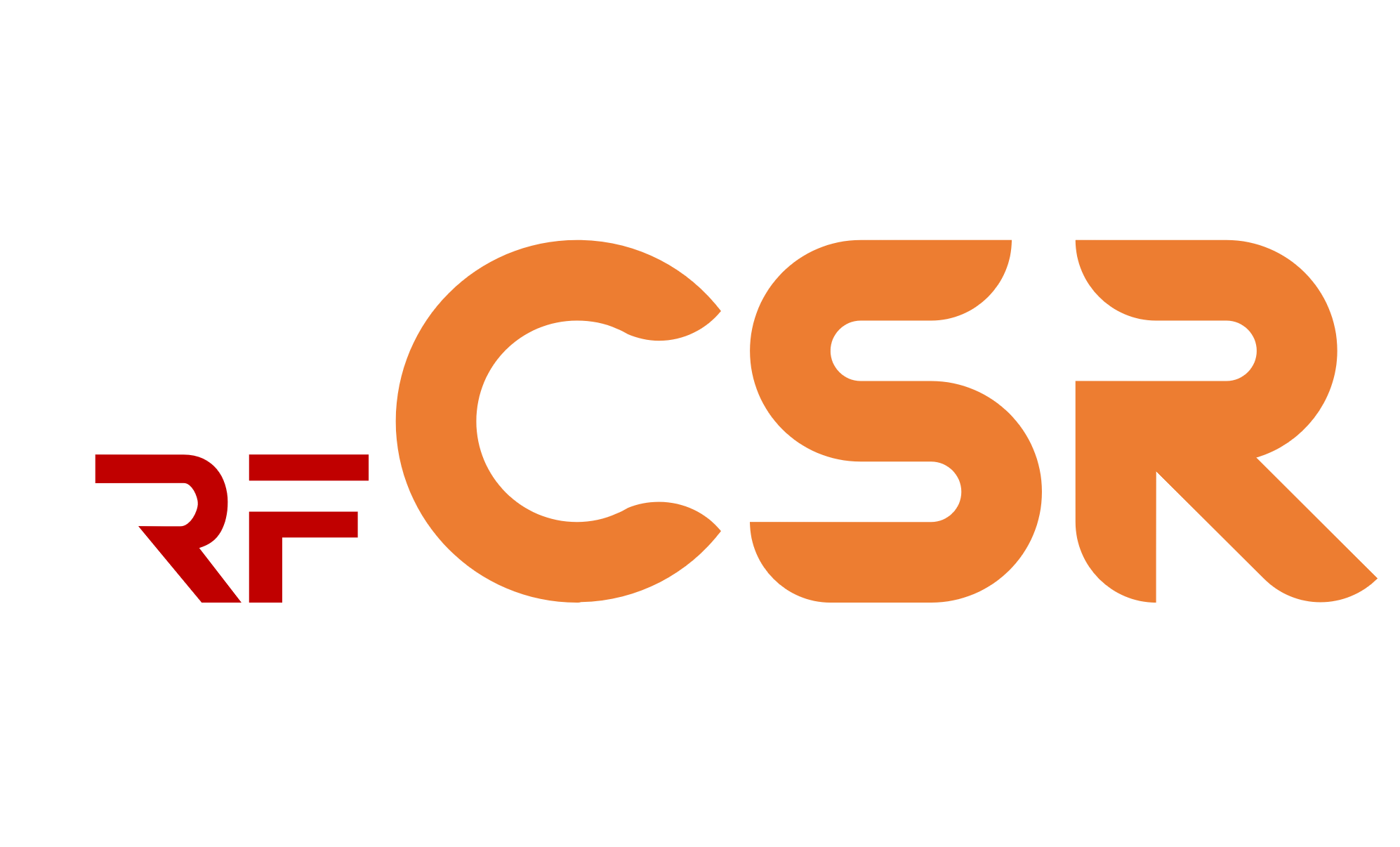1. What Is Peerlinks.org?
Peerlinks.org is a specialized networking platform designed for the scientific community. It helps researchers, professionals, and academics form meaningful collaborations, set up lab or research groups, and connect based on shared skills and research interests. The platform emphasizes targeted networking—finding peers you need before beginning direct communication—making it a powerful tool for advancing research and innovation (RFCSR).
2. Why You Should Join
- Targeted Collaboration: Peerlinks helps you connect with peers who have the specific skills or expertise you’re looking for (RFCSR).
- Group Building: It supports the creation of exclusive research or lab groups, often managed by principal investigators, to streamline collaborative scientific efforts (RFCSR).
- Community-Driven: The platform values user feedback to continuously improve and evolve its features (RFCSR).
- Visibility for Institutions: Organizations can reach the scientific community via advertising and sponsorship opportunities embedded in the platform (RFCSR).
3. Getting Started: Registration Process
Direct access to peerlinks.org’s current registration page, here’s a general guide based on platform:
Step-by-Step Registration:
- Visit the site: Go to Peerlinks.org and look for a “Register” or “Sign Up” option.
- Fill in your details:
- Full Name
- Username
- Password & Confirm Password
- Profile Information:
- Write a short bio or profile summary (e.g., your institution, current research focus).
- Add relevant keywords such as research interests or domains.
- Verification & Agreement:
- Verify your email if required.
- Accept the Terms of Service and Privacy Policy.
Since the PeerLink Program’s registration workflow is available, here’s what that process includes—these may give you a useful reference:
- Organization name, description, website, email, country
- A project description, including objectives, scope, achievements, and intended audience
4. Crafting Your Scientific Network Profile
Your profile is your first impression. Here’s how to make it count:
Key Components:
- Institutional Affiliation: Where are you based?
- Research Interests: Use clear keywords (e.g., “quantum computing”, “public health”).
- Noteworthy Contributions: Key projects, publications, or awards.
- Links to Profiles: LinkedIn, ResearchGate, etc., to increase visibility.
5. Tips for Effective Networking on Peerlinks
- Be selective—opt for quality connections over sheer volume.
- Stay active on the platform.
- Provide feedback when possible—it helps Peerlinks grow.
- Set up or join groups that align with your research area.
6. Final Thoughts
Creating and maintaining a thoughtful profile is key to leveraging a niche platform like Peerlinks.org. With well-defined research interests, professional identifiers, and clear goals, you’ll be poised for impactful scientific collaborations.


